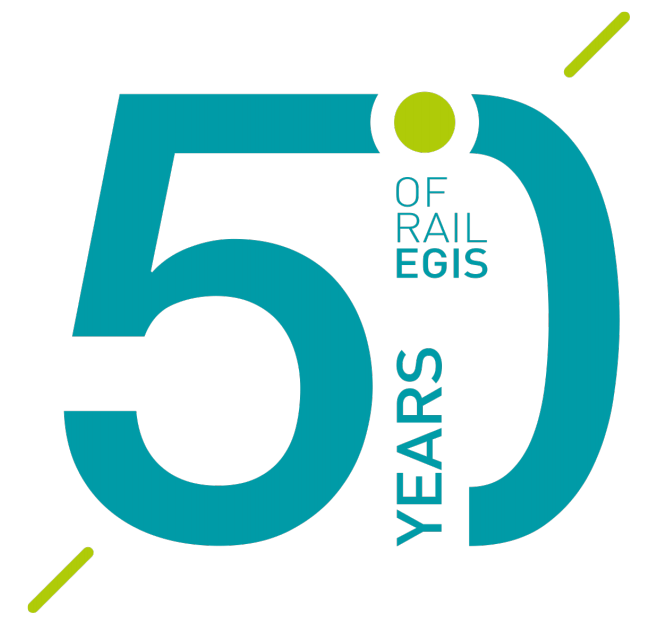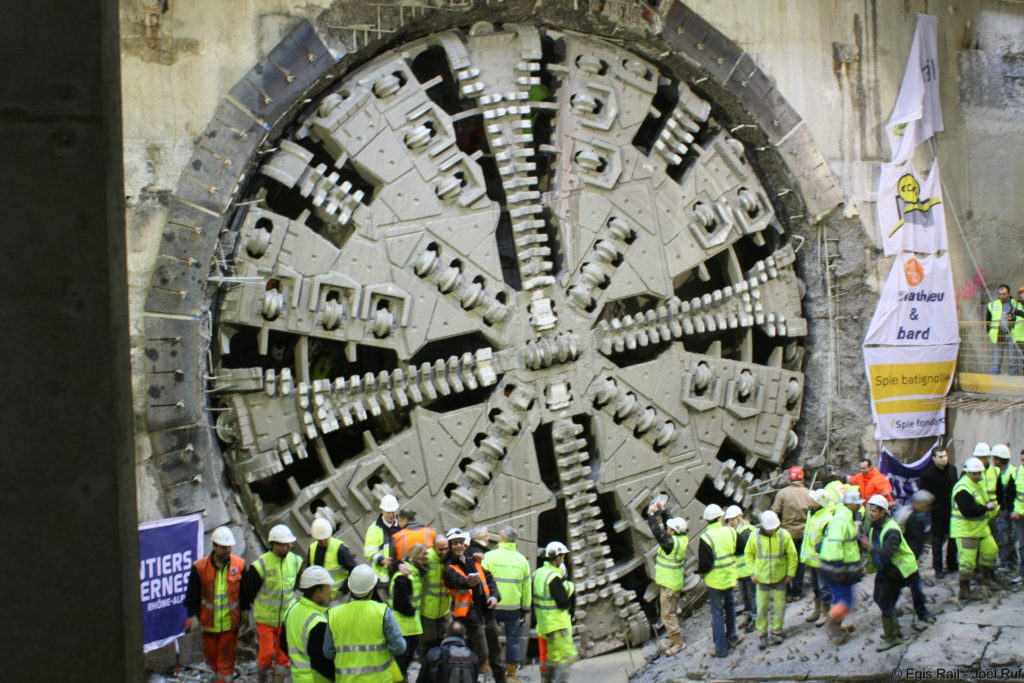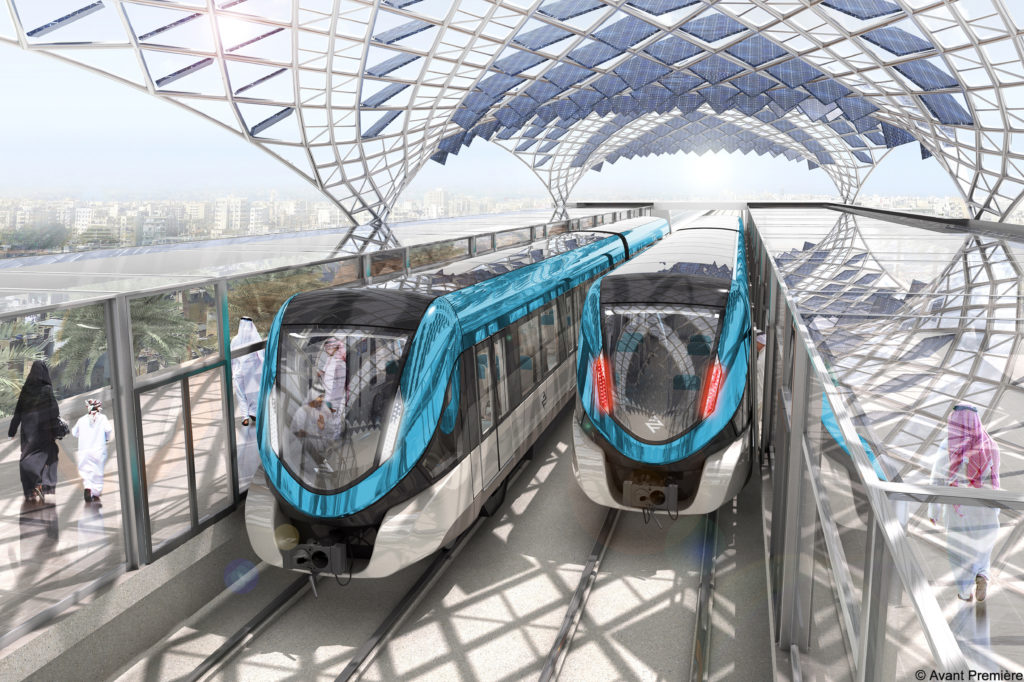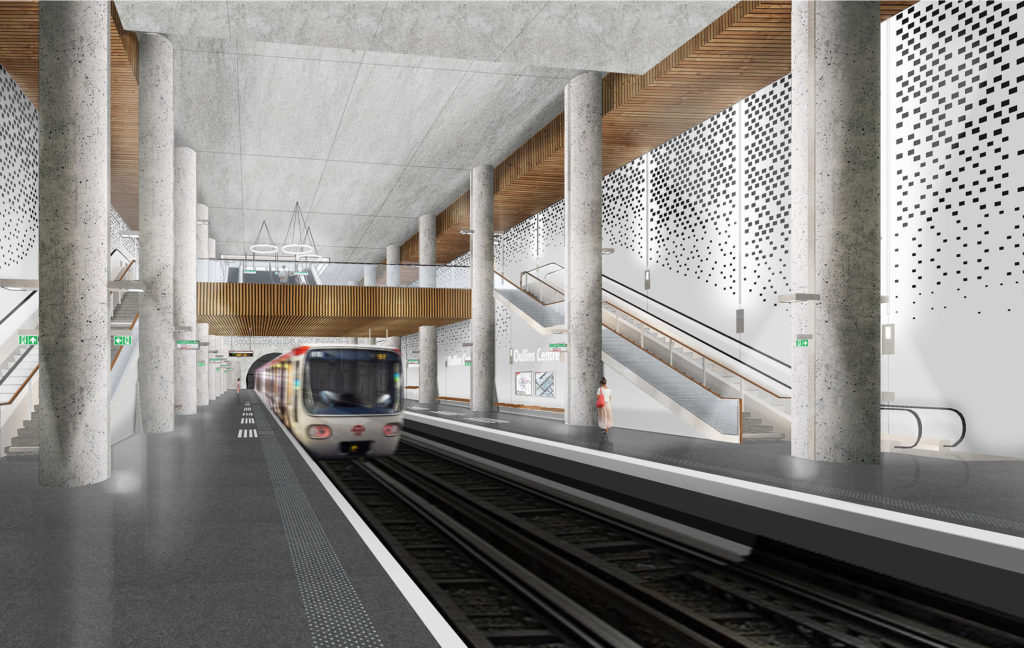

Egis’s 50th anniversary in the area of urban and railway transportation was in the year 2018. 1968 was the year in which the firm Semaly was founded to build the first metro line in Lyon, France. 50 years later, the company has more than 300 projects to its name: clear proof of its undying passion and commitment to the industry
Since the creation of the Lyon metro, Egis has coordinated and delivered a multitude of urban and railway projects all over the world: the Doha, Grand Paris metros, the Kenitra-Tangier HSL, the Sud Europe Atlantique HSL, the Nice and Birmingham LRT systems and the Brest cable car, to name the most recent among them.
Rail business of Egis India is active in India since 2011, and worked on several projects: Chennai, Kolkata, Mumbai, Nagpur, Bangalore, Delhi metros and recently Delhi-Meerut Regional Rapid Transit System (RRTS) Corridor.
Over the years and through all of these projects, Egis has risen to a wide range of challenges by and developing new innovations. Today, Egis can be credited with many technological advancements developed forits urban transportation projects.
Automatic metro without drivers :-
In the 1990s, Egis delivered the first high-capacity metro in Lyon. Now Egis develops automatic metros without drivers all over the world; For example: Doha metro project, Riyadh metro, Lausanne Metro, Grand Paris Express.
In fully automatic systems, the trainsets run without drivers, the safety headways are managed automatically. The Control Centre processes live information about the trainsets and manage data concerning the station equipment (lighting, ventilation, etc.). The advantages are multiple: improved headways, short headways even at off-peak time, and instant capacity increase depending on demand. Egis is working on the first fully automatic system for fully underground Mumbai metro Line 3, that will be commissioned in 2021.

Ticketing Solutions:-
Nowadays, there are a number of challenges lying ahead for the transport system.
Smart Ticketing has been a topic for over a decade now, but what does the term “smart” mean in this context? When using this term, we’re generally talking about new technologies and integration of services not directly linked to the basic functions of tickets. The main issue of Smart Ticketing are :-
- Propose complementary services to users in relation with their mobility
- Modify the relationship between Public Transport user and his/her ticket as also between Public Transport operator and its tickets
- Improve overall efficiency and image of Public Transport network as also the depth of data created through usage
Smart Ticketing could permit to contribute to the overall improvement of the public transport network level of services, image, accessibility, with the main aim to facilitate and/or increase the use of public transport and so contribute to the overall political goal of developing a sustainable transport policy.
Today, in major countries, one card allows to use several type of transport in the same city: Bus, metro, LRT…Tomorrow with technological advancement, the smartphone will replace card and tickets. Travelers will use their smartphones for each transportation network.
Energy recovery mechanisms:-
Technological progress has made it possible to optimize the power supply for electrically-powered Transport and to reduce electricity consumption. These developments involve energy recovery mechanisms (fitted onboard vehicles or in substations)which can be used on all forms of electrically powered transport, allowing energy savings.They can also be applied to the pooling of electric traction networks, offering benefits in terms of energy recovery and savings on capital investment (infrastructure and facilities) and on land acquisition.
Benefits are multiple :
- Better energy recovery (through energy recovery systems but also by pooling energy between transport modes and networks)
- Less fluctuation in power requirements
- Partial or total removal of overhead line in depots.
To help the integration of the transport network into an often restrictive urban environment and to reduce investments in substations, it may be possible to pool the infrastructure and substation facilities of different networks. It may also be opportune to extend this logic as far as pooling the facilities of braking energy recovery of different networks (inverters, supercapacitors, flywheels).
These fixed or on-board components (supercapacitors, flywheels, and batteries) offer several benefits:-
- Energy savings achieved by increasing the opportunity of braking energy recovery
- Better distribution of energy recovered
- Safety improved with trainset reaching the next station even if power supply traction failed.


Building information modeling:-
At the heart of a digital era, BIM is proving to be the essential component to link up communication and connectivity and reflect as closely as possible the needs of project owners and public transport users for a sustainable future. From its very outset, Egis recognized the importance of controlling all production processes using BIM. Digital Modelling brings multiple benefits to urban or railway project, firstly it federates all stakeholders in the project, secondly optimize the project to be built, and generate a database, helpful for operators and maintainers for operations purposes.
Detection of clashes in the design stage avoid issues later during the construction phase and sequencing is another advantage to know which contractor has to do his part before the next on, then the program is respected.
Egis a key partner in the development and deployment of BIM for major project owners for example on Grand Paris express or Doha metro.
These challenges give us the opportunity to imagine and design tomorrow’s world. They are thrilling issues every employee can fully commit to! Its creativity and its capacity to adapt to local conditions and assemble the most specialist skills from all areas are the values through which Egis fulfills its clients’ challenges. Writing new chapters in its history that began 50 years ago, the Group relentlessly continues to innovate to imagine, create and achieve the projects of tomorrow.
This article is a part of our June 2019 Magazine.

